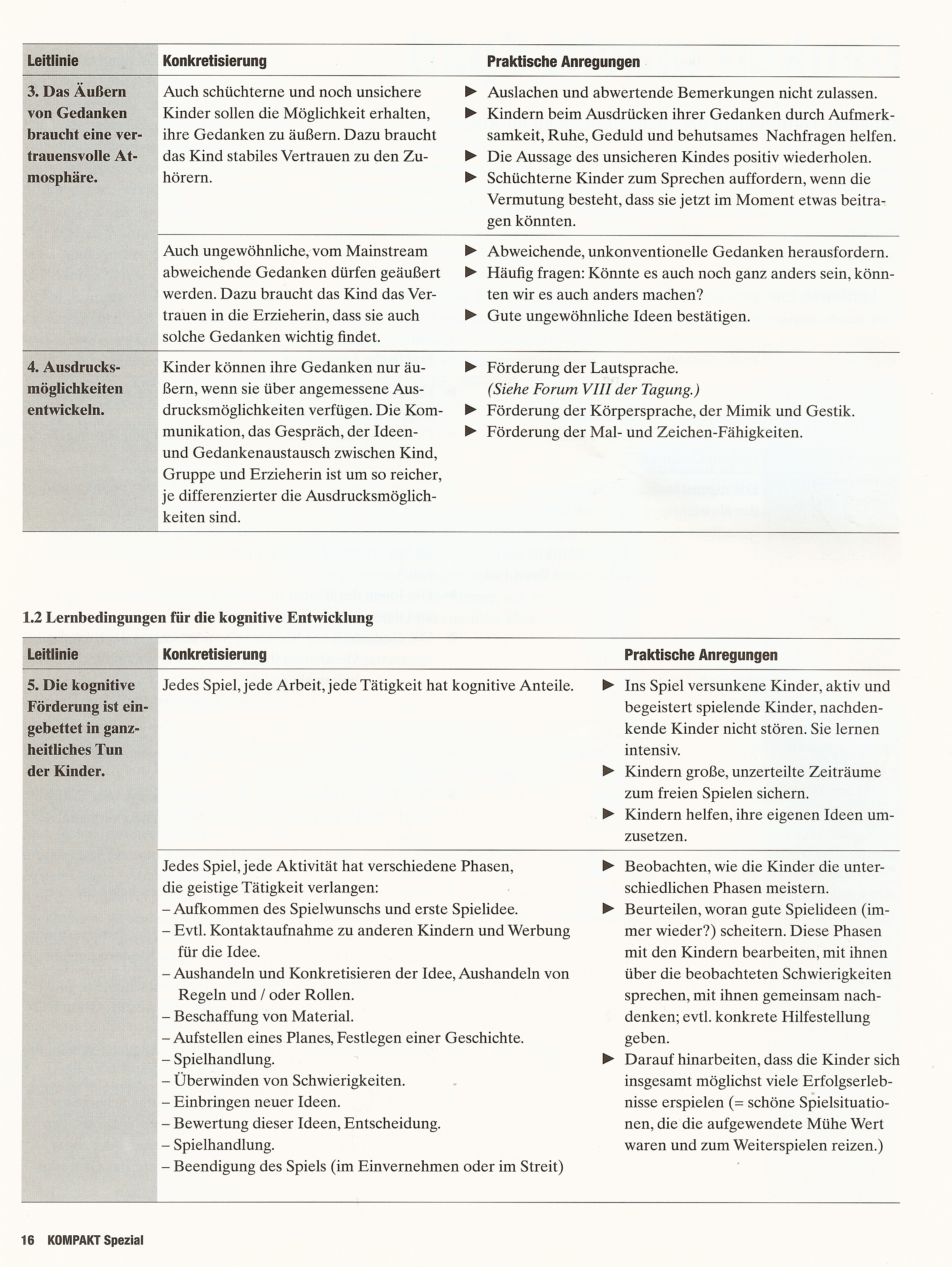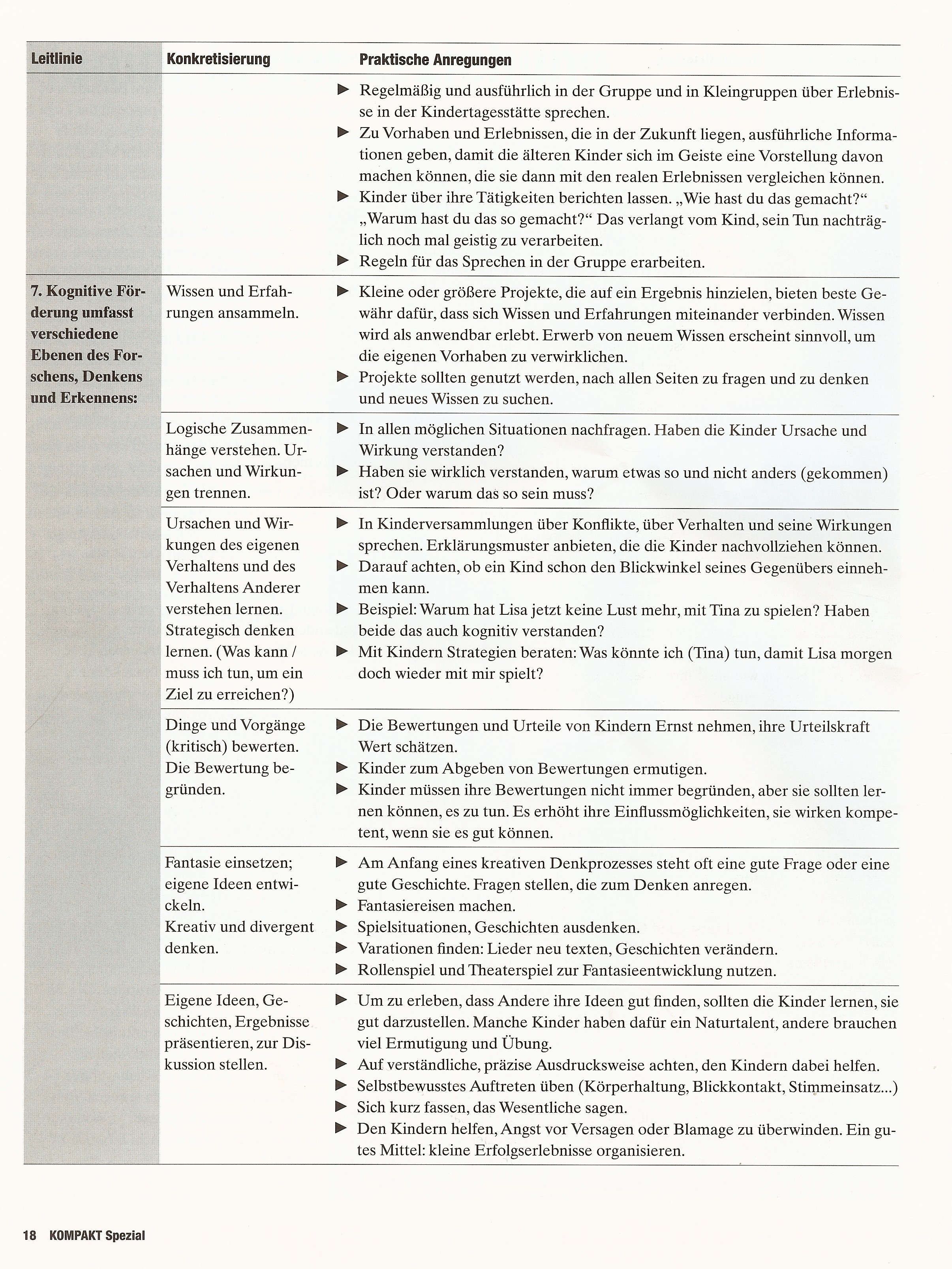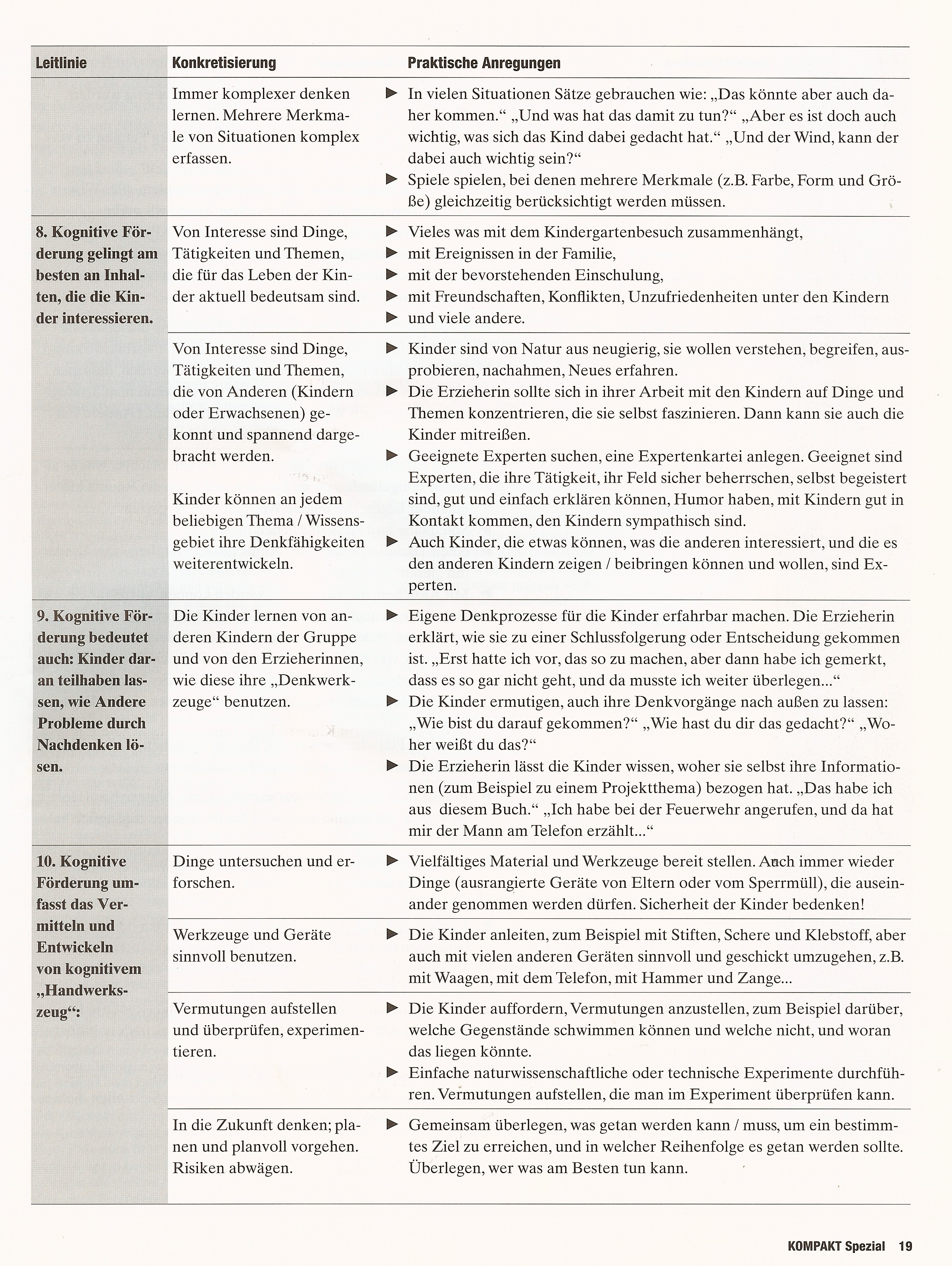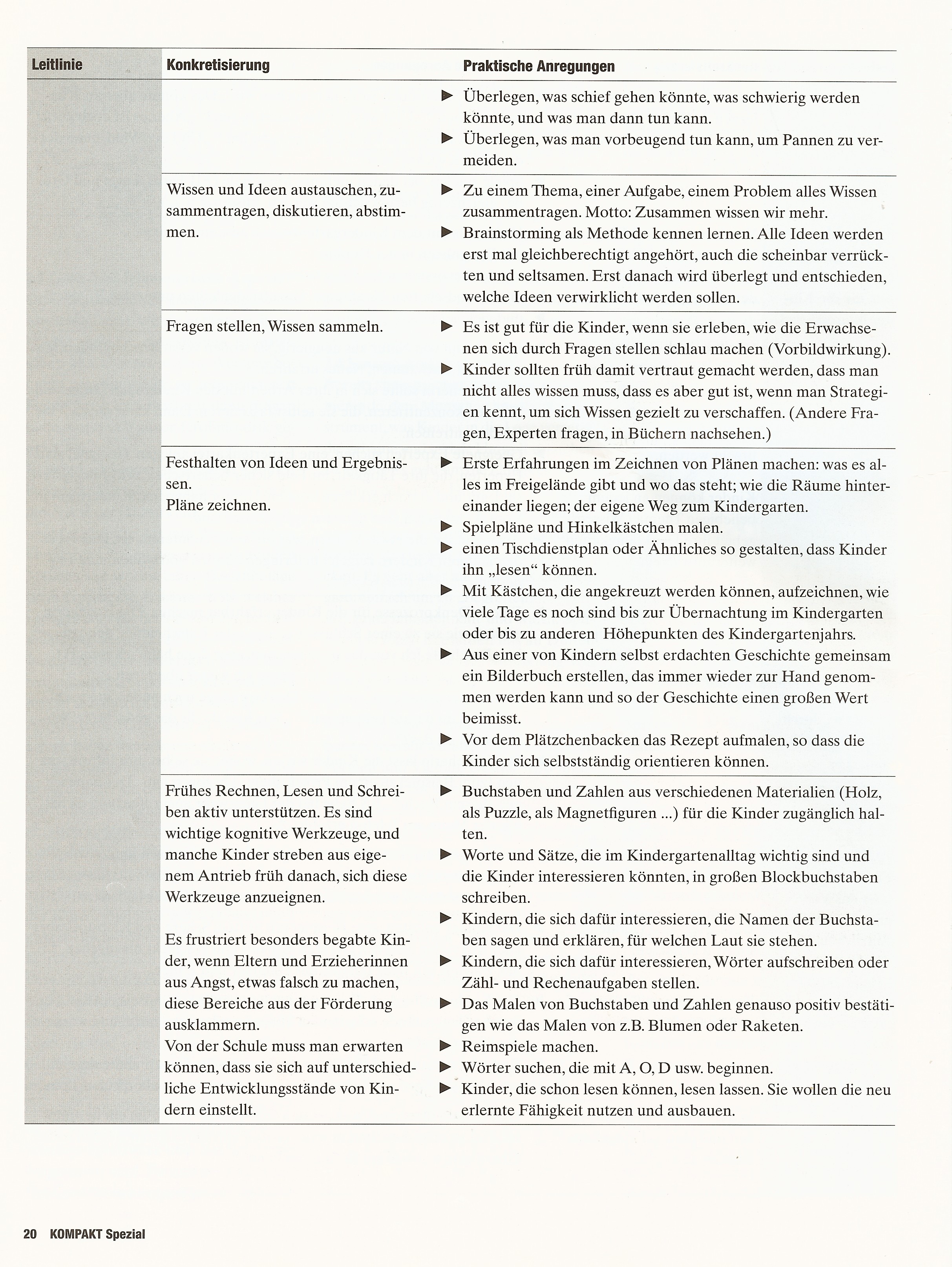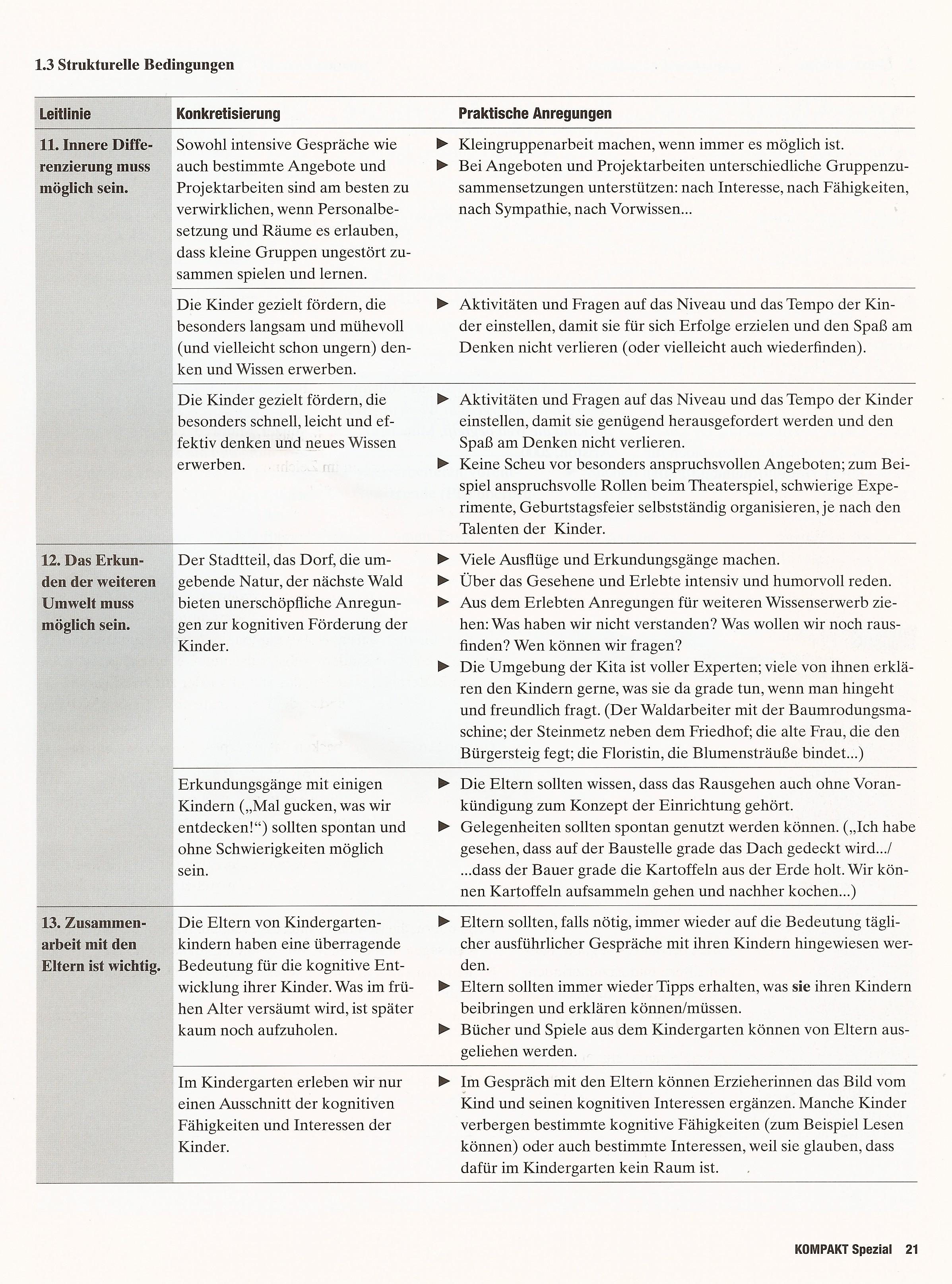by Klaudia Kruszynski
After the Easter Holidays we got started on a new topic in our project „Time“: the Middle Ages.
We wanted to convey to the children,
what life was like back then,
that there were no electricity, no cars, no refrigerators and no toilets in the apartments,
that the children played with self-made toys,
that there were noblemen, noblewomen and knights and common people.
The high point was to be our summer festival celebrated as a festival of knights.
We took the pre-school children on a tour of the historic centre of Werne (the neighbouring town). Then they experienced a “Middle Ages Overnight Stay with a Dinner by the Light of Candles”. Also planned was a visit to a real castle: Fischering Castle in Lüdenhausen, which we did after the project was completed.
We told the children a lot about the old times. They built castles with LEGO, DUPLO and other building blocks. They drew knights, kings and noblewomen, hung the pictures up in the corridor and in the lobby. The children made up their minds as to what their individual strengths were and what they were interested in and then they designed emblems corresponding to these choices.
… in a nutshell …
In the course of a long time project on the topic of “time” an opportunity is provided for the children to understand (1) the order of important historic events, (2) the length of historic eras and (3) how these times relate to our modern times: the Time Spool.
The kindergarten teachers realised that the children liked the topic a lot. Some of the boys became true knight aficionados. Even girls played with the knight figures. We learned funny old songs and old games.
Sometimes, when the children were playing, we would overhear them saying things like: “And then the police came and arrested the knights” or “The Indians would have attacked the castle.”
We noticed that the children had no idea when the Middle Ages had been. The knights – just like the dinosaurs – had long gone “extinct”.
It took me quite a bit of thinking to figure out what might be an easy way of conveying to the children the chronologically correct succession of events in history.
I meant to tie it in with their knowledge of the Big Bang. Jan had once mentioned that that was the beginning of all time.
But most children hardly knew anything about the past. They do not understand the past the way adults do. “Yesterday”, “on St Nicholas’ Day”, “at Christmas”, “in our holidays” and the like are the most frequent phrases pre-school children use to refer to the past. These terms are rather imprecise. And they do not yet signify the actual order of these events. The progress of time is – for the time being – only experienced in one direction, that is forward. New events constantly happen, they replace past events and pile up.
Only with experiences accumulating on a daily basis and coming back to mind, because they were important for the child, only after the child has begun to reflect on experiences made, only then does a notion of the past arise.
Before children are able to assess what the past is they have to develop some mathematical skills. They have to be able to count forwards and backwards. This again has to be substantiated by concrete actions, for instance walking backwards, setting figures back in a game, putting things back into their original state or to their original location and the like. Also important are any conversations in which the children / kindergarten teachers give an account of the things they did the day before, on the weekend. The stories being passed on during the day can be reversed: when children are asked to say what has happened so far that day.
Along with this the notion of the past is reinforced when natural processes are being observed, when looking at old photographs, when clothes are tried on which were worn last summer.
Another insight comes with such experiences: the children may revisit the past in their thoughts and talks but they cannot relive the past, that which has happened cannot be changed any more.
The past can be experienced for what it is only if one is able to see current events as the present. The past consists of all the things one remembers. This is how the present becomes the starting point for any time travel into the past.
Time runs along a straight line, having begun with the Big Bang (as to current scientific knowledge), in the direction of: infinity.
How can I demonstrate this to the children?
In our kindergarten there is not enough room for such a long line. But this line can be rolled up so that it does not take up so much space. You can use a paper roll to convey the idea of the past to the children.
The more you unroll it the deeper you look back in time. The beginning of the paper roll can symbolize the beginning of time. Before that point there was nothingness.
There is one historical event which is meaningful even to pre-school children in our catholic kindergarten. It is the birth of Jesus Christ. For people who are not Christians this could simply be the year 0 of our western calendar.
Every year Christmas reminds us of the birth of Jesus Christ. There are gifts, the family celebrates together. Relatives come around for a visit, there is the Christmas tree and the nativity scene. And the nativity story is being told.
The children hear about an emperor, who lived 2000 years ago, and about the three Magi traveling on elephants and camels (not by car or plane). Little Jesus was not born in a hospital, as there were no hospitals back then.
The good news were told by the angels or the Magi, who were able to read it in the stars (not on the radio or on TV). The Star of Bethlehem led the shepherds to their destination, not street signs or satellite navigation.
As weird as the story may sound to modern children, it is told convincingly by the adults. This is how children get an initial idea of a far reaching past.
The birth of Jesus also marks the beginning of our modern calendar – the first year.
This is what I go back to in order to convey to the children when the Middle Ages were.
One day it so happened that Jan said to me: “I would like to talk to you about time some more.”
This was right on time as I had had the same idea, wanting to talk to him about time. I told him I was going to prepare something first. Jan was rather curious and motivated to get to it. He wanted to know what I was up to.
I went and got a tall can, which had held tennis balls earlier. It was to be covered with dark blue paper foil – much like the night sky. Then stars, moon and other celestial bodies were to be glued onto it. We die cut the stars, the moon and the comets were drawn and then cut out by the children.

We left the can on top of a cupboard to continue the next day.
Then I got a paper scroll which fit into the can. I coloured the visible edge of the scroll and marked the middle of it with red colour. The further away from that middle the brighter the colour: it first went from red to yellow and then into green.
I unwound about 10 meters from the scroll and drew the nativity scene onto that spot.
And this is how we proceeded:
The next day I took a few of the children to an adjacent room. The party consisted of Jan, Aaron, Leo, Lukas, Christopher, Carla and Sven. I made sure that Jan, Sven and Christopher, the brightest of the children, were offered to participate in this activity. I was pleased to see other children chose to join in, too.
I set the “space can” in the middle and Jan explained what kind of can this was. When he picked it up he noticed it was heavier than the day before and gave me a questioning look.
“Yes, there is a Time Spool inside”, I said.
Of course, the children wanted to see it immediately. I took off the lid and Aaron showed the spool from the “space can” around. Everybody noticed that the scroll was coloured.

Then I told the children that the scroll was just like time itself. First, there was nothing. That was what the empty space inside the rolled up scroll was. Then there was the Big Bang (Jan shouted: “Yes, I know that!”) and that this was the instant at which time had begun. Our Earth only developed many, many years later.
Jan got the idea right away and said that Earth was very hot in the beginning, all red, then it cooled down and everything turned green and then came the dinosaurs. And only then came human beings.
That was how we determined the direction of time: if one wanted to go back to the dinosaurs one had to roll up the scroll.
That meant that the time we live in is the outer end of the scroll.
The children wanted to try this immediately and unwound the scroll. All of a sudden they discovered the sketch of the nativity scene.
“Oh, that’s when Jesus was born!”
“When was that? Last winter?”
“No, much longer ago, we weren’t around back then”, said Jan.
I confirmed: “Yes, that’s right, that was 2000 years ago. What do you think little Jesus had as toys back in the day, LEGOs and toy cars?”
The children laughed loudly. “There were no cars then!”
“So, what did he play with?”
“With his self-made toys.”
“Were there knights at the time Jesus lived?” I wanted to know.
“No, there weren’t.”
“When did they have knights?”
The children did not know. They agreed: “maybe later”.
“Yes, knights lived in the Middle Ages. I can show you a trick to find out when that was.”
I showed them the part of the scroll reaching from today to the day of Jesus’ birth. That is how long one would have to turn back time – two thousand years.
Then I told Aaron to hold the end of the scroll to the sketch. Sven was then to mark the spot at the bend with a cross.
When we unfolded the scroll again the cross was right in the middle – between today and the nativity scene.
“Exactly in the middle, that’s where the Middle Ages were. That was when the knights lived.”
I gave the children some coloured crayons. Every child drew a knight near the cross. Carla drew a noblewoman.
Then most of the children went out playing. Only Christopher stayed. He wanted to draw some more.
Christopher is 4 years and 3 months old. He has two older siblings, who have both been tested gifted.
That was the first thing I was told by the mother when we had our first meeting. And that the boy loves locomotives above anything else.
In every-day life at kindergarten Christopher is very active, erratic and loud. He cannot stay in one spot, he is all over the place all the time. Before he finishes a game he jumps up and gets another one. He runs into the building corner, knocks over what has been built there, sits down right in the middle and starts building himself, without any regard for the other children. No wonder they call for our help the moment he shows up on the scene. Playing with the other children is a big problem for him.
Christopher does have a friend, whom he likes a lot and whom he looks for to play with, but even with this friend every game ends in a fight.
There is one thing the boy can get immersed into for a little while: the trains. He knows different kinds of locomotives, at home he has several models and technical books on trains.
In Kindergarten he always sets up rails and builds different trains out of DUPLO building blocks. Also, when drawing, he exclusively draws locomotives, rails and junction points. The passengers are merely indicated by simple lines.
Recently his behaviour has become increasingly problematic. He has become even more unsettled – the moment you turn around he is off to something else, never sticking with it for any length of time.
I think we should pay more attention to his interests, include them in our activities, to help him overcome his behavioural instabilities gradually. To me his lack of focus and endurance seems to imply that he does not find anything really interesting for himself. I am going to observe him with regard to this.
Back to the Time Spool: Christopher stuck around because he wanted to draw some more – needless to say: a locomotive.
“Did they have locomotives in the Middle Ages?”, I asked him.
“No, not yet.”
I showed him the place on the Time Spool just about when the first trains were built, and Christopher started drawing. He seemed very contented.

Next came Mohammed and wanted to draw something on the scroll. I asked him whether he would like to draw a castle. (This boy is enthusiastic about the Middle Ages. Until now he had never felt much like drawing at all, but lately he has been spending time at the drawing table on a daily basis, drawing castles.)
He was thrilled, eagerly he drew the first lines.
Then another boy showed up, he wanted to draw a car.
Christopher said: “Cars were invented right after the locomotives.”
He drew a car and a traffic sign along with it.
“How did people travel back then?”, I threw in.
“On horseback and by carriage”, said Christopher.
“Right, on land they used horses, and how did they travel on water?”
“On ships”, said Mohammed.
So the two of them drew a horse-drawn carriage and a ship next to the “locomotive time”.
Suddenly Christopher lost interest and wanted to go outside. I thought it was too bad that the horse remained uncoloured. Nevertheless he did not want to continue drawing. Carla said, she could finish it. Christopher agreed to that, but he wanted her to first finish the grassland she was working on (as there were no tarmacked streets in former times). When she was finished with that, she started to colour the horse. Out of the blue Christopher showed up again, snatched the colour crayon out of her hand and said he wanted to colour the horse himself and in different colours too. That showed me it was of great importance to him.
Before I agreed to him finishing the horse, I explained that I had understood him to the effect that he did not care to continue drawing. Normally a picture is to be finished – once you start something you are to finish it, too! Then one can also decide what colours to use.
“Sure”, was his comment. I still suppose that something like this will not occur again. He understands now, what the consequences are if one drops one’s own work.
Later in the afternoon circle the children who had been involved in the project reported about the Time Spool and explained how we had found out when the knights had lived.
In the following days and weeks the Time Spool was completed. Dinosaurs and a number of other things were added, including cut out pictures.
This project, along with many others on the topic of “time”, has not been finished yet. We can pick it up any time the children feel like it.
The Time Spool was brought up and unrolled many times. It would always have to be rolled up carefully after use, so that it could be put back into the can.
One day Mohammed took the can off the shelf and kissed it. When I gave him a questioning look, he said, “I love this Time Spool”.
Published in German: July 2012
Translation: Arno Zucknick
Copyright © Klaudi Kruszynski, see Imprint.

